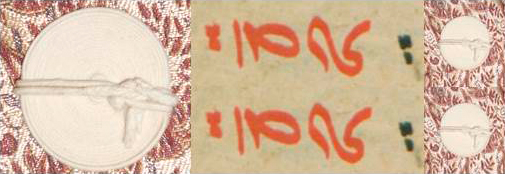
Zoroastrian Text(ile)s
Regulations, Symbolism, Identity
Project by Miguel Ángel Andrés-Toledo
The Intra-European Fellowship project “Zoroastrian Text(ile)s: Regulations, Symbolism, Identity” (ZOT) offers an innovative interdisciplinary approach to the understanding of the modalities and changes in the use of textiles in the Zoroastrian communities of the Iranian milieu (from ca. the 2nd millennium BCE through to the 17th century CE).
The Avesta, containing the sacred books of Zoroastrianism, comprises different collections of texts mostly related to rituals and composed in the 2nd and 1st millennia BCE in the oldest Iranian language preserved, known as Avestan. These texts were later rendered into Pahlavi, the Middle Iranian language of the Sasanian period (224 - 651 CE), and translated in its turn from this medieval language into New Persian in Iran and into Sanskrit and Gujarati in India. Because of this uninterrupted textual transmission and the continuity of the Zoroastrian ritual practices and religious beliefs, the Zoroastrian sources are a mine of information about the evolution of religious regulations, in which they abound.
Although textiles play an important role in these regulations and in shaping the Zoroastrian identity, the role and symbolism of textiles in Zoroastrianism have not yet received the attention from scholars that they deserve. Indeed, although textiles in pre-Islamic written sources of Iran have been intensively studied from diverse points of view, the Zoroastrian sources dealing with them have largely been neglected.
In order to fill this gap in the research, the ZOT project will present a comprehensive analysis of the principal Zoroastrian normative texts concerning textiles in the Avestan, Pahlavi and New Persian languages, which constitute our main Zoroastrian written sources from Old Iranian until modern times, to determine the degree of continuity or innovation in the Zoroastrian regulations about textiles
